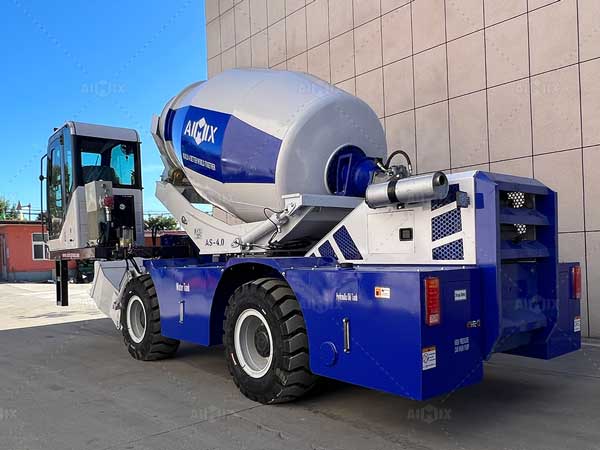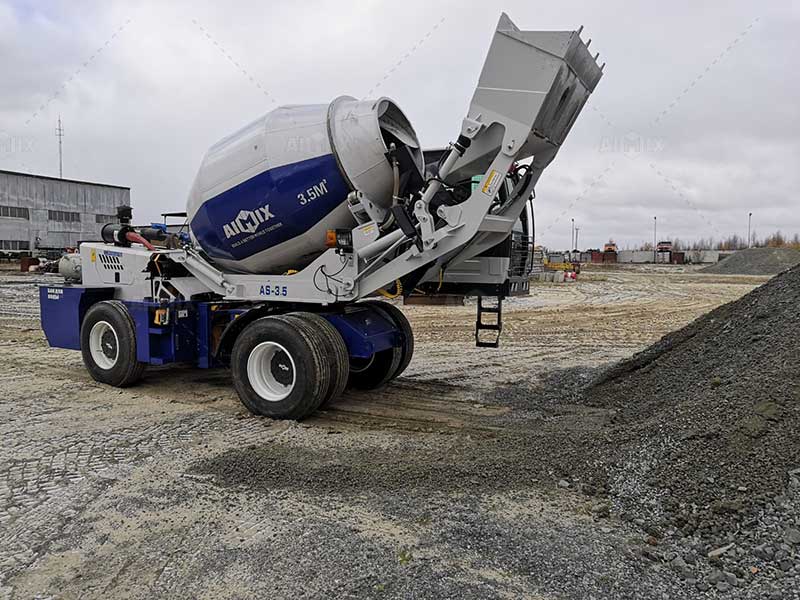Proper maintenance is essential for ensuring the longevity and optimal performance of self-loading mixers. Let’s delve into the best practices to keep these machines running smoothly.
The Importance of Regular Inspections
Regular inspections are the cornerstone of effective self-loading mixer maintenance, enabling operators to identify and address potential issues before they escalate.
Inspecting Mechanical Components
Mechanical components such as the engine, transmission, and hydraulic systems should be inspected regularly for signs of wear, leaks, or damage. This includes checking self loading mixer truck fluid levels, belts, hoses, and connections to ensure they are in good condition and functioning properly.

Evaluating Electrical Systems
Electrical systems play a crucial role in the operation of self-loading mixers, powering key functions such as the drum rotation, loading arms, and lighting. Regular inspections of wiring, switches, and control panels are essential to identify any issues and prevent electrical malfunctions.
Implementing Preventive Maintenance Procedures
Preventive maintenance procedures are proactive measures taken to prevent equipment breakdowns and extend the lifespan of aimix self loading concrete mixer.
Establishing a Maintenance Schedule
Developing a comprehensive maintenance schedule is critical for ensuring that preventive maintenance tasks are performed regularly and consistently. This schedule should outline specific maintenance activities, their frequency, and responsible personnel.
Lubricating Moving Parts
Proper lubrication of moving parts such as bearings, joints, and hinges is essential for reducing friction, preventing premature wear, and maintaining optimal performance. Operators should follow manufacturer recommendations for the type and frequency of lubrication to ensure effective protection.

Addressing Wear and Tear Promptly
Addressing wear and tear promptly is essential for preventing minor issues from escalating into major problems that could affect the performance and safety of self-loading mixers. View details here: https://aimixglobal.com/self-loading-mobile-concrete-mixer/.
Replacing Worn Components
As self-loading mixers are subjected to heavy use in demanding construction environments, certain components may experience wear and tear over time. Promptly replacing worn components such as tires, drum liners, and hydraulic seals can prevent further damage and ensure continued reliability.
Conducting Performance Testing
Regular performance testing allows operators to assess the operational efficiency and effectiveness of self-loading mixers. This includes testing functions such as drum rotation speed, loading capacity, and maneuverability to identify any deviations from expected performance and address them promptly.
Conclusion
In conclusion, implementing best practices for self-loading mixer maintenance is essential for prolonging performance, maximizing productivity, and minimizing downtime. By conducting regular inspections, implementing preventive maintenance procedures, and addressing wear and tear promptly, operators can ensure that their mini self loading concrete mixer remains in optimal condition and continue to deliver reliable performance on the job site. Investing time and effort in maintenance upfront can lead to significant cost savings and operational efficiency in the long run, making it a worthwhile endeavor for construction businesses.
